Time has this habit of sweeping you along a journey. Inevitably there’ll be storms, droughts and hard times, that’s life. There’ll also be lessons learned and good times. Although you’d hope there were more of the later, and less of the former. Not always the case.
The land here was cheap, there’s no point talking that story up. In 2005, nobody wanted a basic bush block, that was also steep. Aren’t you worried about bushfires, they’d say. What soil had been there, had been either taken, or washed away. A concrete hard clay pan meant any rain washed down the hill, and the sun baked the remains. The tall trees were hanging in there, but they weren’t what you’d call healthy. The land looked pretty rubbish.
The price suited the budget, the rest were details. We never really intended to live on the land, but just like life, it kind of happened. Mostly I drove that change. There’s only so far you can go in the inner city, my career had peaked, and life was unsatisfying. Economics spread my friends to the distant corners of the city. They disappeared into online games, and one of those storms had arrived. When the wind is blowing, sails can be hoisted and the call to adventure can be heard. Doesn’t always work out, sometimes the sirens gnaw upon your sun bleached bones. Always something of a risk.
The plan was to build a small cheap house, and get out of debt, and stay out of debt. Plans are nice and all. These were the exciting days of the 2008 Global Financial Crisis. Selling a house that year was a challenging event. We eventually walked away from the city with a slush fund. During the building permit application process we got to experience the 2009 Black Saturday bushfires. A lot of people died that day. The government introduced new building standards, and the expected cost of the small cheap house, doubled. We got our permits to build.
We’d intended to get a builder to do the majority of the works. With the sudden unexpected increase in costs, funds were looking grim, so we made the decision to build the house ourselves. It wasn’t a hard decision to make, just a painful one. The house took eighteen months to build from commencement to getting the occupancy paperwork. Of course, we’d moved in to the unfinished house months beforehand.
During construction we sold our old refrigerator. We had reasonable doubts that the solar power system wouldn’t be able to handle the load, so we bought a replacement unit which required much less energy to run. The old machine was sold, and a bloke working for a charity bought it for $80. A bit of a bargain really. This was during construction of the house, and Sandra must have looked pretty rough from all the hard work. Anyway, the bloke said to Sandra, “Take the $80 and get yourself something nice”. Talk about being charitable. We were doing something nice, he just couldn’t see it.

There’s a real beauty to carpentry when it all neatly lines up. Not to mention it’s great when the timber is well tied together and anchored. After completing last week’s blog, we went to bed, and that was when a 4.0 magnitude earthquake shook the house. The roar from the bucking Earth was loud. The epicentre of the quake was not far from here in the nearest large town of Sunbury. Two years ago a 5.9 magnitude earthquake shook the house even harder. I’m getting a bit nervous about those things. Anyway, the house held together with only a few minor plaster join cracks in the corners and ceiling. Easily enough fixed.
A bit of rough back of the envelope calculations suggests that there would be maybe around 3,000 lineal metres of timber in that house frame. That’s a lot of timber for a small, and no longer cheap house. Timber was fortunately cheaper in those days. And constructing the house took almost all of our slush fund.
Costs for materials have been going up and up every year. Back in 1996 during the recession that we had to have, we had a builder construct the shell of a house for about $45,000. Nowadays I’d imagine the same arrangement would be at least ten times that, and it was an exact reproduction of a Victorian era single story workers cottage, which were plentiful in that area, and it blended in nicely. However, I guess it means that we’re workers, and even nowadays we provide all the labour with the work we do around here. There’s not much you can do about materials prices though. As a very clever lady once quipped: “It costs a lot to look this cheap”.
We’re extending the large shed. Projects are done when we can afford them, and by afford, that refers to our time, as well as the mad cash aspect. Our time is limited. Sometimes the projects which get done here, are the best we can do with the time we have available to us, then we have to revisit them later. Don’t let the perfect, be the enemy of the good, is always worthwhile to recall.
As part of the shed project, we had to purchase materials from the timber yard. The posts are Cypress Pine (Callitris species) which is a lovely smelling termite resistant timber from an indigenous conifer species.
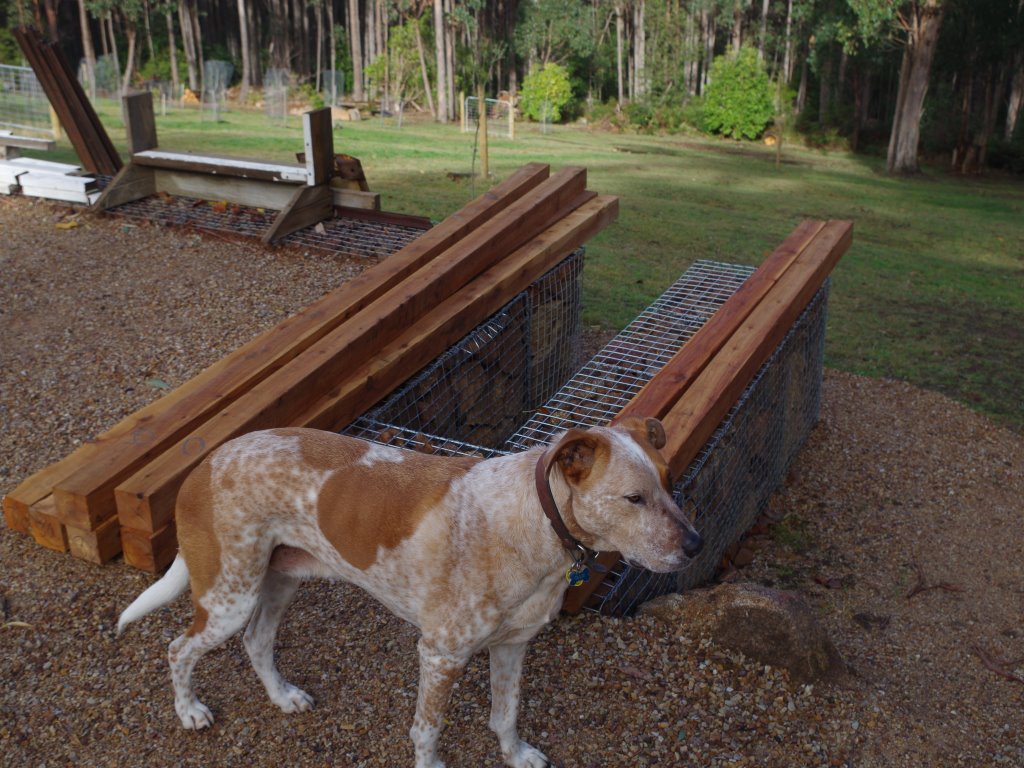
The posts were cemented into the ground. If kept dry, the timber will enjoy many decades of life. Concrete is a highly variable product depending on the ratio of materials used. I tend to favour using a mixture which provides a fairly water tight finish. Of course, using this mixture costs a little bit more up front, but is probably cheaper in the long run.

Interestingly, in sourcing the timber for the project, I had to travel to a few local timber yards. Not all the timber required or other materials were available at one business. Anyway, the long treated pine beams used for holding up the roof cost $55 each. That cost was a surprise, and it really drove home to me, that costs for materials are just going up. Inflation has been bad, but inflation in the building industry has perhaps been the baddest of them all.

Due to my day job, I keep a rough track of how much all this stuff costs. The shed project with a couple of extra water tanks, will eventually work out to around $250 a square metre. We do things cheap, a house would easily cost ten times that amount per square metre, probably with a very basic fit-out too. And the cost of a custom house would just frighten the kiddies (especially a house which adheres to bushfire standards)!
We began this shed project, mostly because we’d run out of soil for the new low gradient path project. The post holes which I dug by hand provided a lot of soil which was added to the path, but really, it still needs much more. The construction project will hopefully take about five days of work to complete.
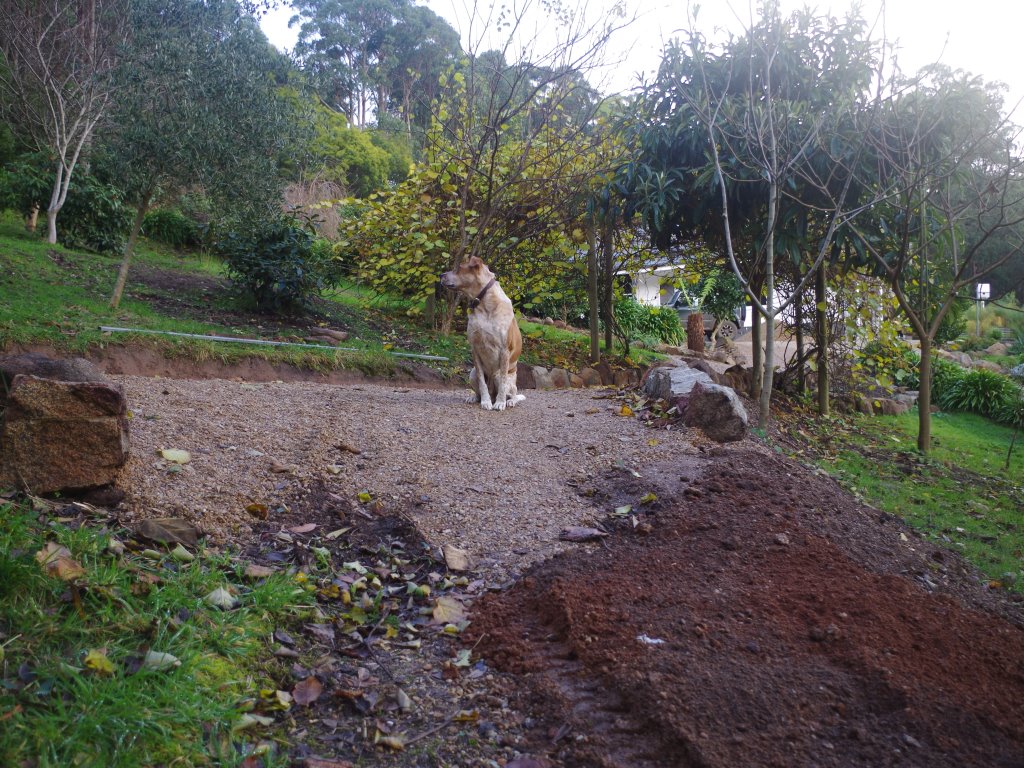
As well as a 4.0 magnitude earthquake, we also had a minor frost. An exciting week!

Winters here are really humid. For half the year, the humidity will exceed 90%. Given we’re less than three weeks out from the winter solstice, it’s been on average remarkably warm, but also very humid. The minor frost was the spatial anomaly.
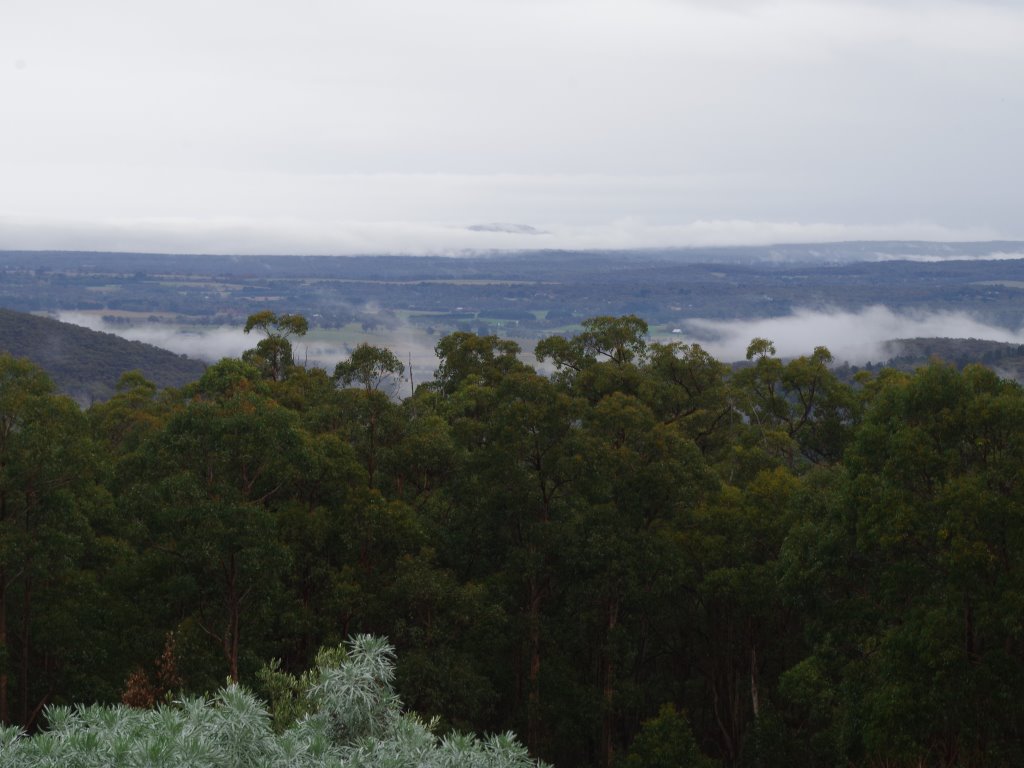
For those who are concerned, there have been a lot of canine power moves with the new (second hand) sheepskin rug. This week, Dame Plum has taken pride of place, and she at least has the decency to look mildly guilty.

The winter has been fairly mild, and we’re still getting some produce from the gardens. Lunch today included an artichoke:
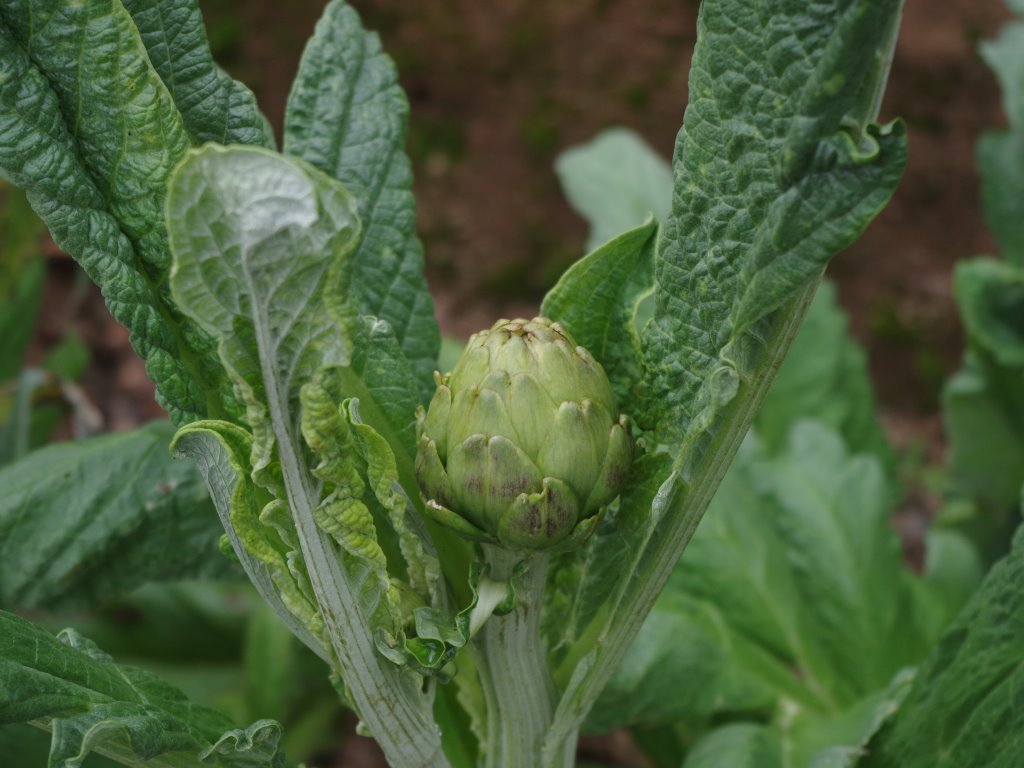
The tomato vines died weeks ago, however we’ve trialled an experiment whereby the tomato vines are stripped of leaves, the roots cleaned, and the vines hung upside down in the greenhouse. And the tomatoes are ripening. They don’t taste as good as what you’d expect from a summer sun ripened freshly picked garden grown tomato. But they’re better than anything you’d expect to get in a supermarket. As an experiment, I’d call that a success.

Onto the flowers:


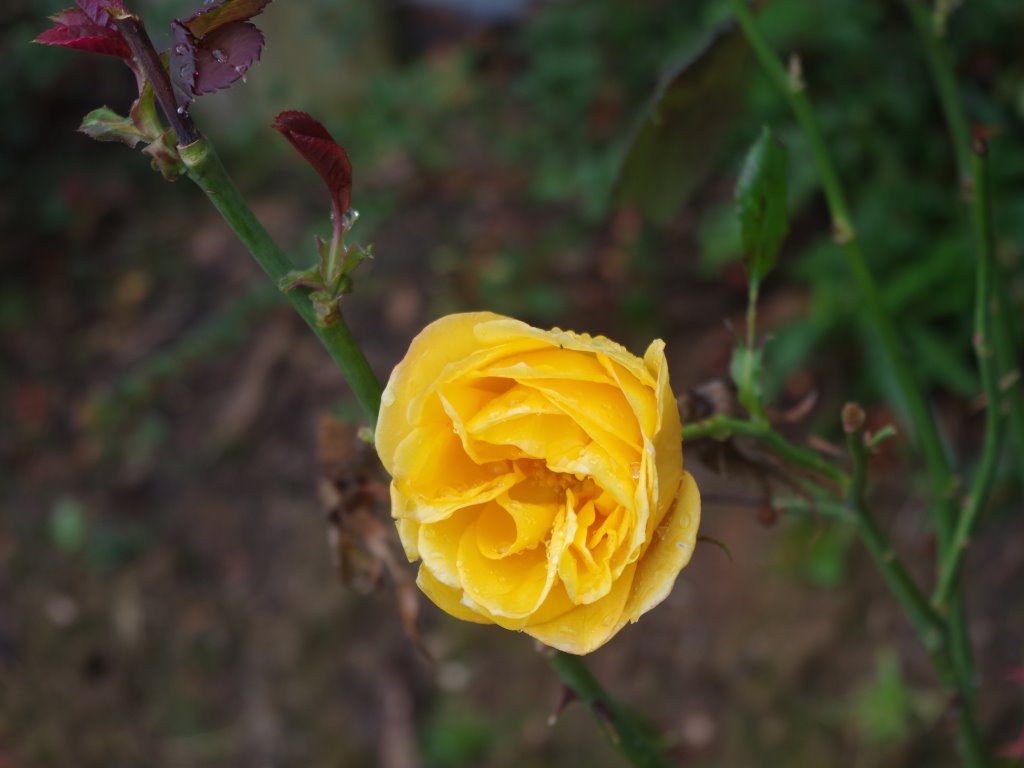

The temperature outside now at about 9am is 12’C (54’F). So far this year there has been 350.4mm (13.8 inches) which is up from last weeks total of 338.8mm (13.3 inches)
